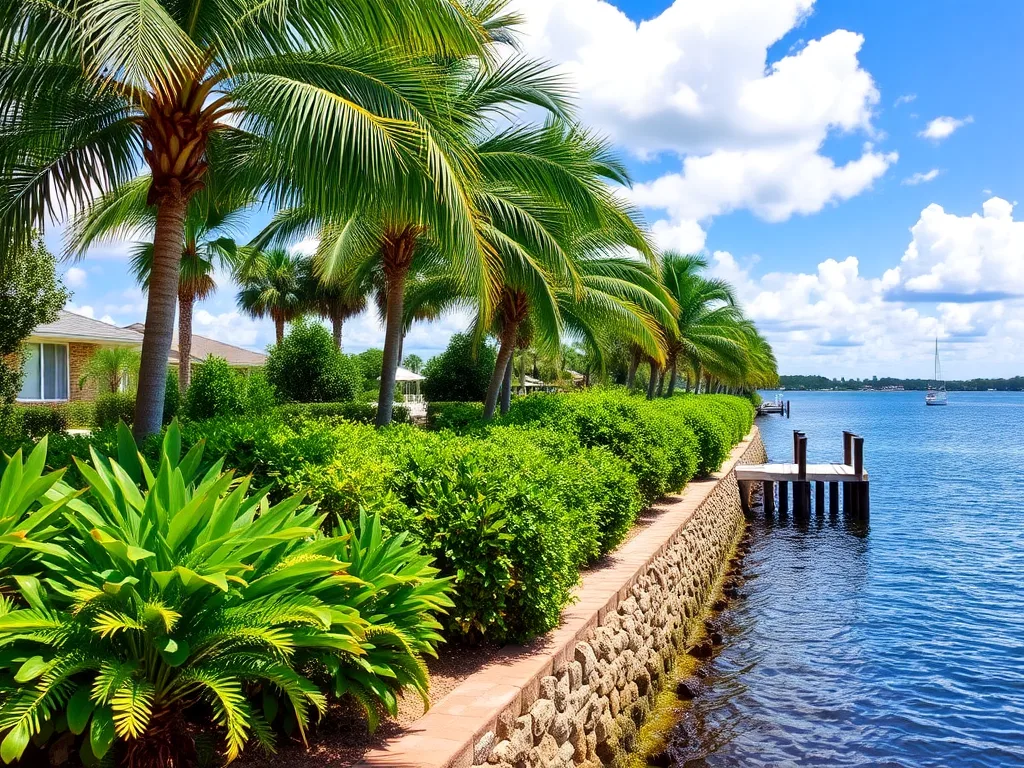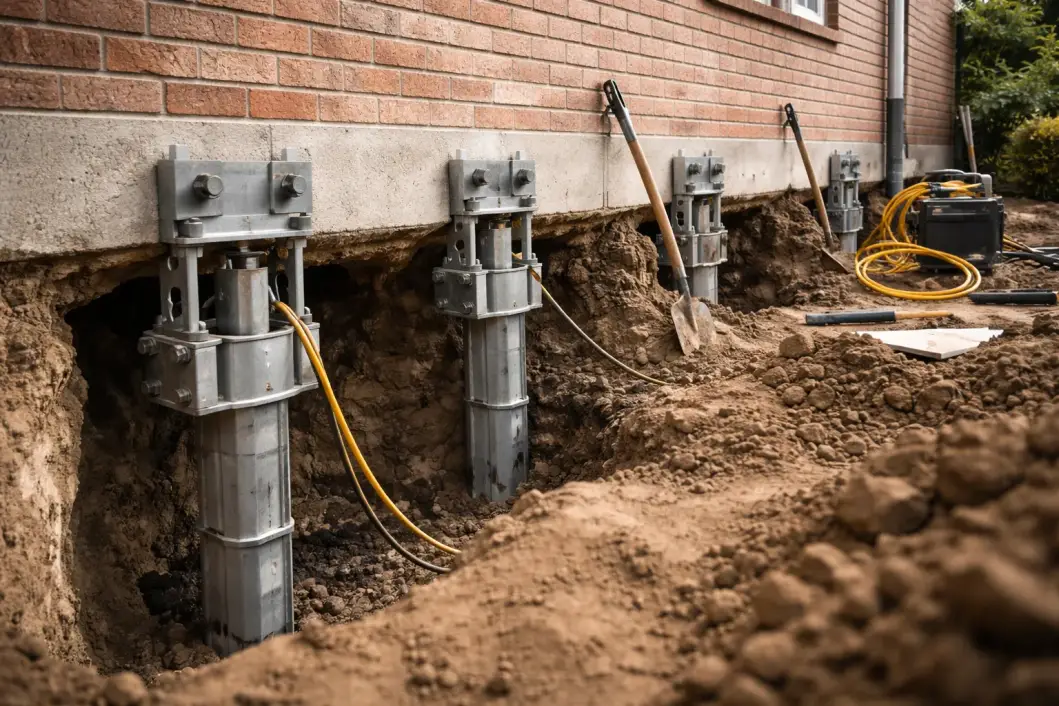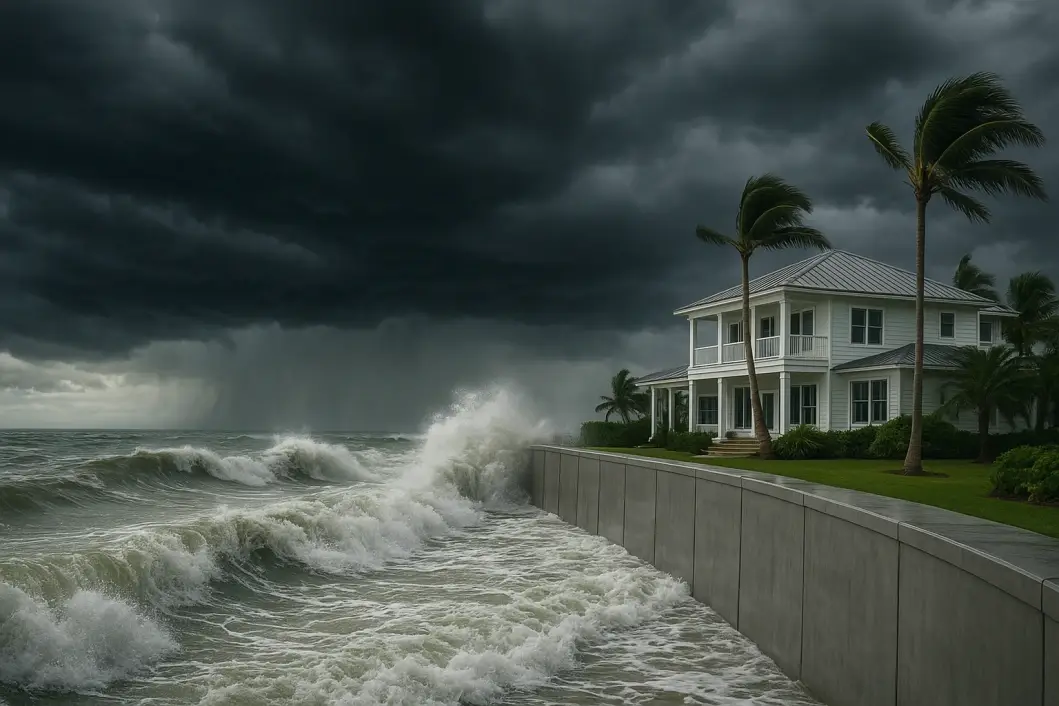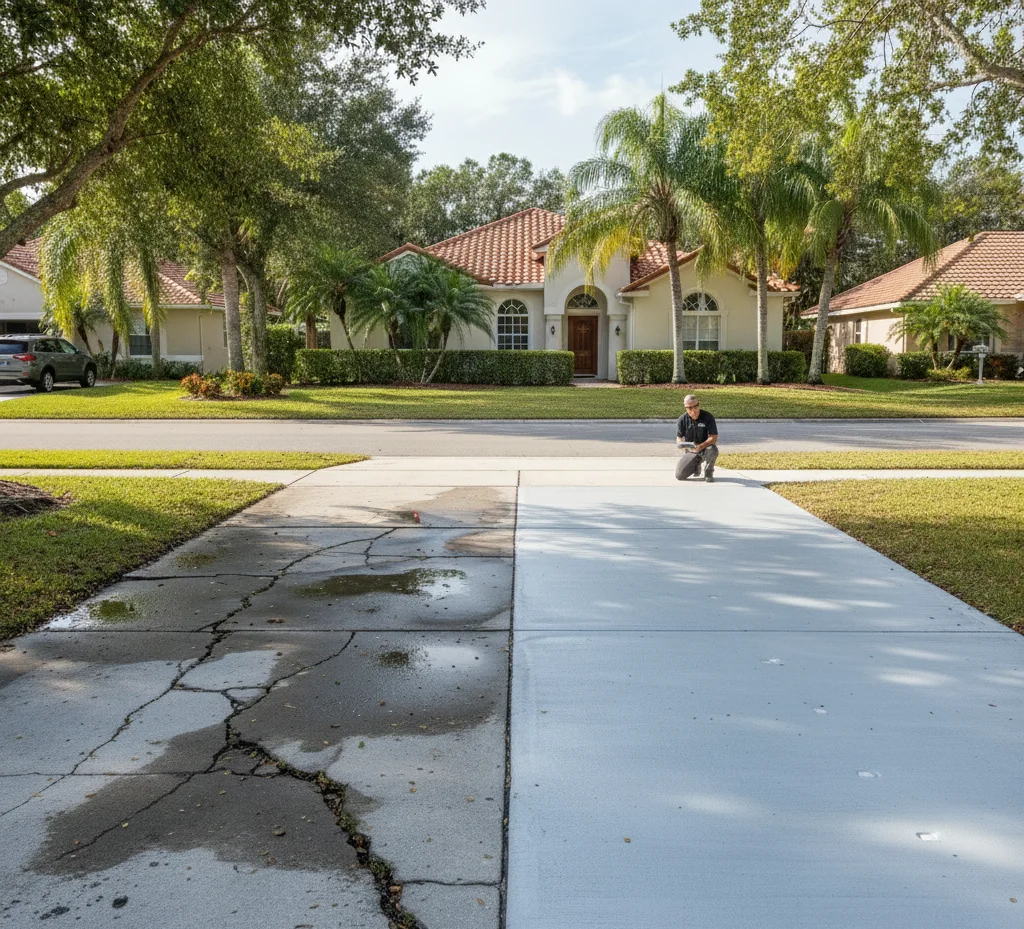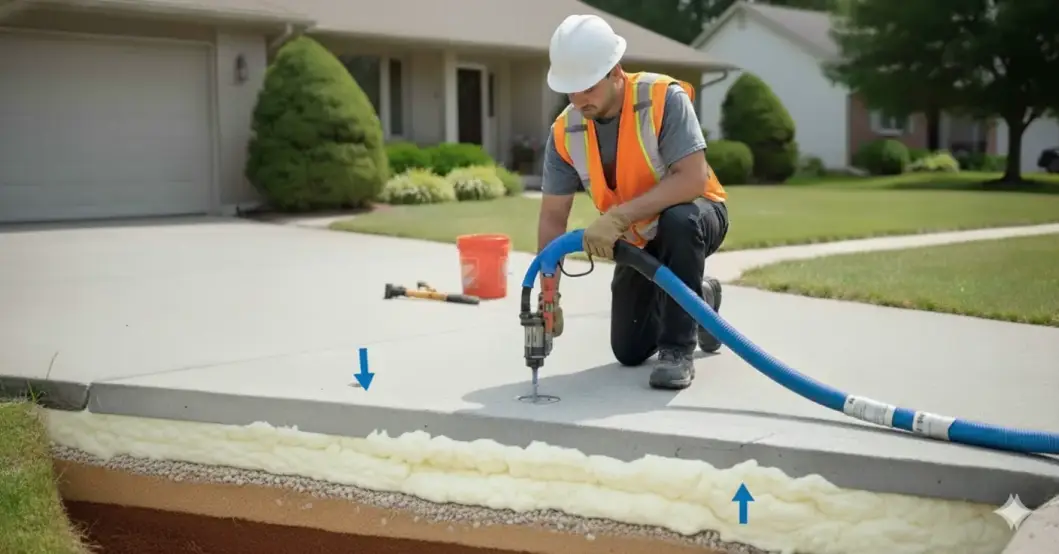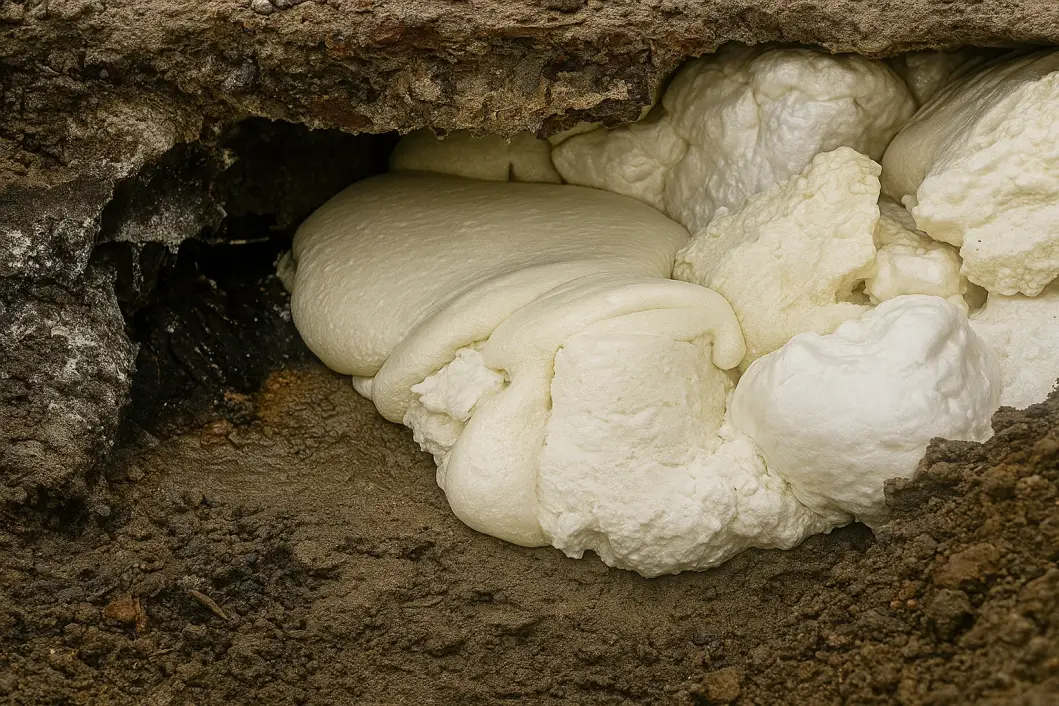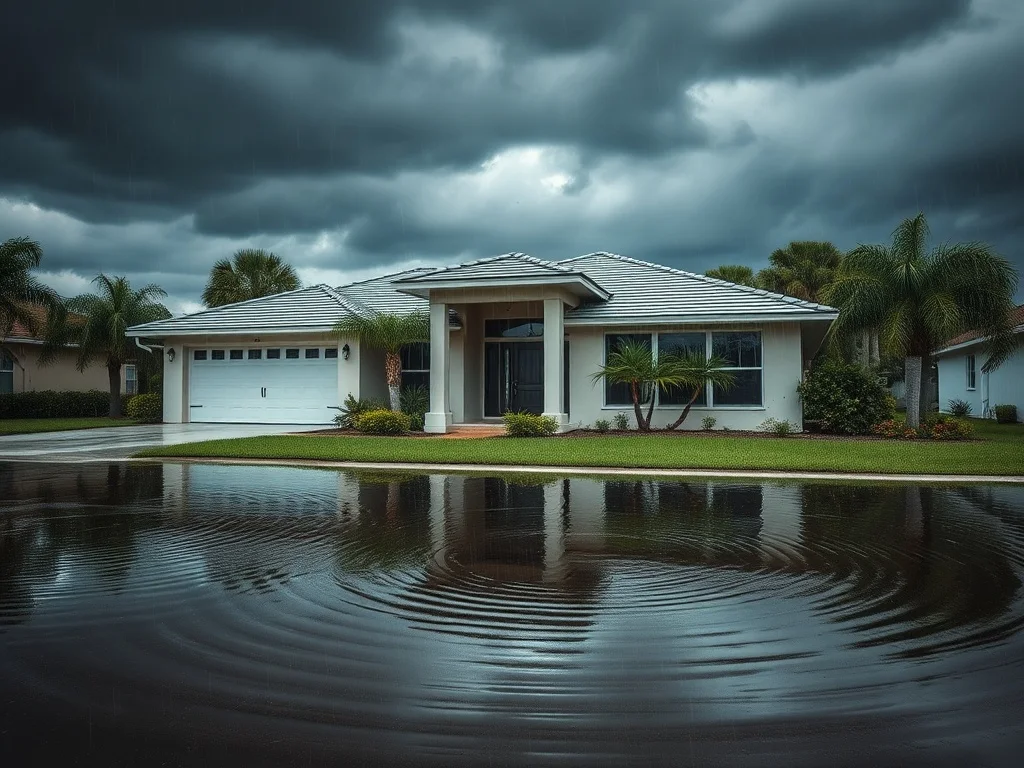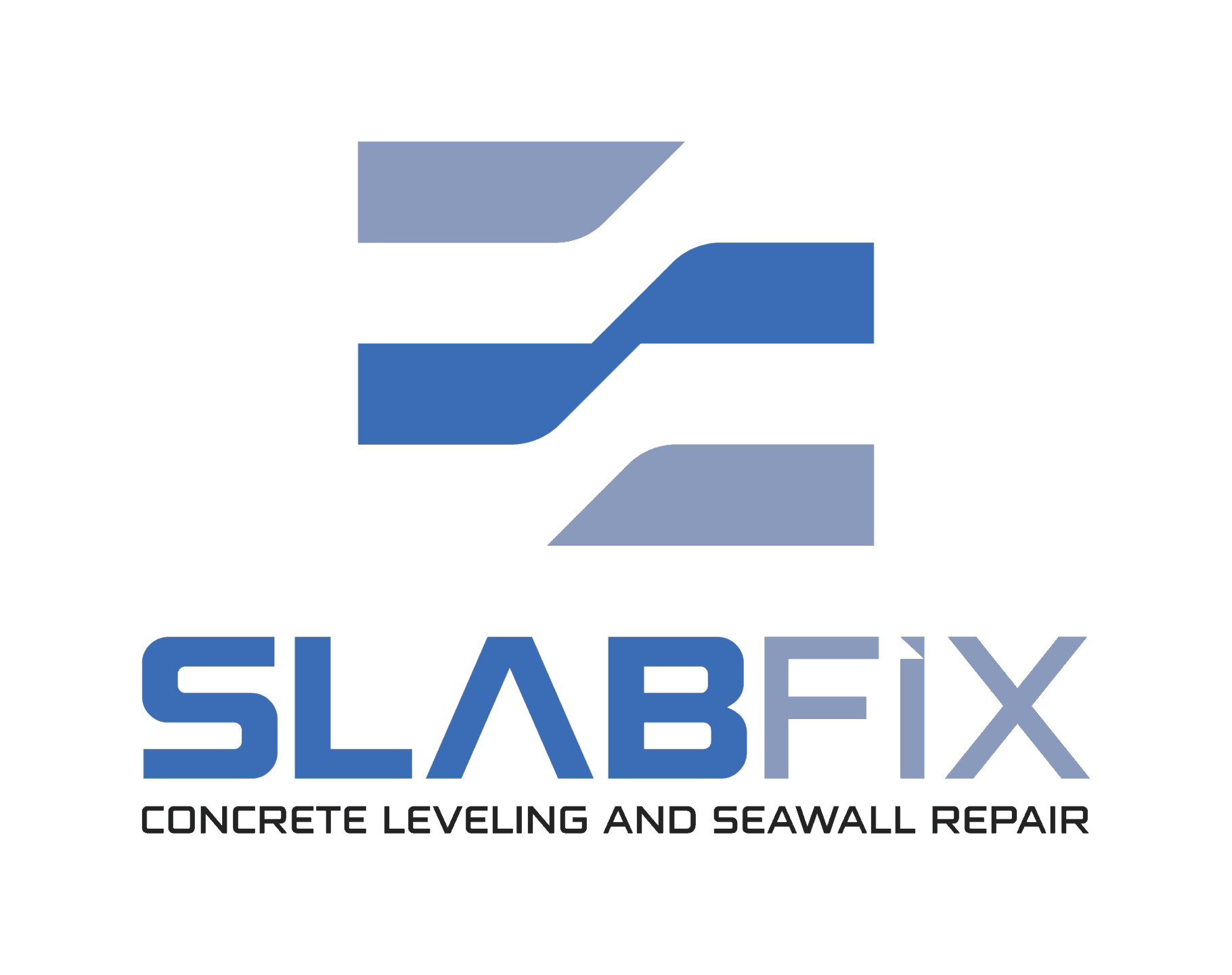What Every Florida Property Owner Must Know About Seawall Safety Florida
1. Why Seawall Safety in Florida Matters More Than Ever
Florida’s waterfront homes and commercial properties rely heavily on the integrity of seawalls — those vital barriers between your land and the ocean or intracoastal waters. But even the sturdiest seawalls face relentless pressure from Florida’s unique coastal environment. Over time, natural forces like soil erosion, tidal shifts, and storm damage can compromise their structure.
Ignoring seawall safety Florida risks not only your property value but also the safety of your family, guests, and marine investments. At SlabFix, we specialize in pioneering foam soil stabilization and seawall repair solutions crafted specifically for Florida’s conditions.
This comprehensive guide will help you understand what causes seawall settling, how to spot early warning signs, why timely repair is essential, and why polyurethane foam injection is the future of seawall restoration.
2. Understanding Seawall Settling: The Hidden Threat Beneath Your Shoreline
Seawall settling is a gradual sinking, tilting, or cracking of your seawall caused primarily by unstable or eroding soils underneath. This process undermines seawall safety and is especially common in Florida because of:
Highly Erosive Sandy Soils: Florida’s sandy coastline is vulnerable to being washed away by tides and currents. This soil loss weakens support for your seawall.
Fluctuating Water Tables and Tidal Forces: Constant changes in groundwater levels and daily tides cause soil to shift, settle, or wash out.
Saltwater Intrusion and Corrosion: Salt accelerates concrete degradation and rusts embedded steel reinforcement.
Frequent Hurricanes and Storm Surges: Powerful storms cause sudden soil displacement and physical damage.
Vegetation and Tree Root Growth: Roots can penetrate seawall structures or disrupt surrounding soils.
Poor Drainage and Water Management: Excess water from rain or irrigation pooling behind seawalls promotes soil saturation and washout.
Age and Original Construction Methods: Older seawalls may have been built without modern engineering techniques or materials.
Understanding these causes helps homeowners anticipate potential issues before visible damage appears, protecting their investment and safety.
3. Signs Your Seawall May Be Compromised: Don’t Ignore These Red Flags
Early detection of seawall problems is crucial for maintaining seawall safety in Florida and avoiding costly repairs. Here’s what to look for:
Cracks or Gaps Along the Seawall Cap or Face: These openings allow water infiltration and accelerate soil erosion.
Wall Bulging, Leaning, or Tilting: Indicates loss of soil support or structural weakening.
Sinkholes or Soil Erosion Adjacent to the Wall: Visible soil loss is a major warning sign.
Pooling or Standing Water Behind the Seawall: Excess moisture softens soil and increases pressure on the wall.
Loose or Shifting Dock Attachments and Marine Equipment: Seawall instability affects connected structures.
Rusting or Corroded Metal Components: Saltwater exposure leads to steel degradation.
Deterioration of Seawall Materials: Spalling concrete, exposed rebar, or crumbling surfaces.
Why Ignoring These Signs Jeopardizes Your Property:
Trip and Fall Hazards: Uneven surfaces and gaps can cause injury to family, visitors, or workers.
Severe Structural Failures: The seawall can collapse, causing flooding or damage to adjacent properties.
Undermining of Foundations and Landscaping: Soil loss can impact your home’s foundation and outdoor features.
Increased Insurance Costs and Legal Liability: Insurance claims may be denied for lack of maintenance, and owners can face liability for accidents.
Non-Compliance with Local and State Regulations: Florida’s coastal management laws require seawall maintenance to protect natural habitats and prevent environmental damage.
4. The Consequences of Delaying Repairs: What’s at Stake?
Delaying seawall repairs puts your property at significant risk:
Escalating Repair Costs: Minor repairs quickly turn into major, costly reconstruction.
Increased Soil Erosion and Water Intrusion: Worsening soil conditions lead to larger voids and instability.
Loss of Usable Waterfront Property: Unsafe seawalls reduce dock usability and recreational space.
Damage to Landscaping and Neighboring Structures: Pools, patios, fences, and foundations suffer collateral damage.
Decreased Property Value and Marketability: Buyers avoid properties with seawall damage.
Environmental Impact: Soil and debris washing into waterways harm marine life and violate environmental laws.
Potential for Full Seawall Failure: Complete replacement is exponentially more expensive and disruptive.
Acting early preserves property value, reduces liability, and ensures long-term seawall safety Florida residents depend on.
5. The SlabFix Advantage: Polyurethane Foam Injection & Soil Stabilization Technology
SlabFix leads Florida in seawall repair using Terra-Lok™ 24-120 single-component polyurethane foam injection—a cutting-edge, environmentally friendly technology designed to restore and stabilize seawalls quickly and effectively.
What Makes Polyurethane Foam Injection a Game-Changer?
Precision Injection Through 6-Foot Rods: Allows deep access beneath seawalls to fill voids and stabilize soils without heavy excavation.
Expanding Foam Creates a Durable Soil Matrix: The foam fills eroded spaces, compacts loose sand, and lifts sunken slabs safely back to level.
Waterproof and Corrosion-Resistant: Ideal for Florida’s saltwater environment, preventing future soil washout.
Minimally Invasive, Fast Process: Repairs completed in hours, avoiding costly demolition and environmental disruption.
Environmentally Safe and Clean: The foam is inert, non-toxic, and seals against water intrusion.
Long-Term Structural Integrity: Provides stable support that adapts to soil movement and protects your investment.
Comparison: Polyurethane Foam vs. Traditional Methods
| Feature | Polyurethane Foam Injection | Mudjacking / Concrete Replacement |
|---|---|---|
| Invasiveness | Minimal drilling, no demolition | Heavy equipment, wall removal needed |
| Water Resistance | Excellent (foam is waterproof) | Mud can wash out over time |
| Speed of Repair | Hours | Days to weeks |
| Longevity | Long-lasting, adaptable | Prone to recurring settling |
| Environmental Impact | Low, non-toxic | Higher disturbance to site |
| Cost | Competitive, lower lifecycle cost | Often more expensive upfront |
6. Why Choose SlabFix for Your Seawall Safety Florida Needs?
In-Depth Knowledge of Florida’s Coastal Environment: We understand local soil types, tidal behaviors, and weather patterns.
Exclusive Use of Terra-Lok™ Polyurethane Foam: Industry-leading material engineered for seawall stabilization.
Licensed, Insured, and Bonded: Trustworthy service with clear warranties and guarantees.
Proven Track Record with 5-Star Reviews: Hundreds of satisfied homeowners across Florida.
Comprehensive Service: From free inspections and estimates to fast scheduling and follow-up maintenance.
Compliance with Florida’s Environmental Regulations: We ensure all repairs meet or exceed state guidelines.
7. When to Call SlabFix: Don’t Wait for a Crisis
Schedule a professional seawall safety inspection if you experience any of the following:
New or widening cracks in your seawall
Noticeable sinking or tilting sections
Soil erosion or washout near your seawall base
Pooling water behind the wall or wet spots
Rusting or damaged metal fittings
After a storm or hurricane impact
Early detection and repair reduce costs and preserve property value.
8. Bonus Tips for Maintaining Seawall Safety Florida Year-Round
Regularly Inspect Your Seawall: At least twice a year, especially after storms.
Manage Drainage Effectively: Prevent water from pooling behind the seawall with proper grading and drainage systems.
Avoid Planting Large Trees Nearby: Roots can damage the structure and soil stability.
Protect Against Marine Growth: Algae and barnacles can accelerate material wear.
Use Professional Services for Repairs: DIY fixes often worsen problems and void insurance.
9. Conclusion and Call to Action: Protect Your Investment with SlabFix Today
Seawall safety in Florida is not just about preserving concrete—it’s about protecting your home, your family, and your valuable waterfront property. Slab settling and soil erosion may seem like minor issues, but they can rapidly evolve into serious hazards if ignored.
Take action now. Call SlabFix at 407-379-2585 for a free seawall safety inspection and expert consultation.
Let us help you secure your shoreline with advanced polyurethane foam repair — fast, effective, and built to last.
🌐 Visit us online: www.slabfix.net
Protect your property. Preserve your peace of mind.

